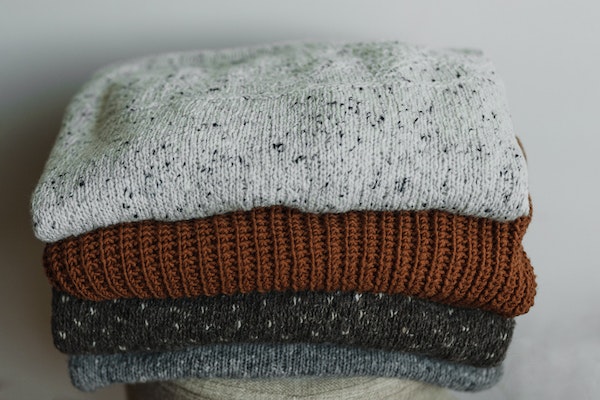Antimicrobial Fabrics And Their Advantages
The use of antimicrobial fabrics had been limited to the medical industry to date. But modern technology has spread its scope of use. Consumers are now looking to use these special materials for regular purposes too. That is why they are now being used to manufacture intimate wear, athletic wear, socks, bedsheets, curtains, etc. In the medical field, they are used to manufacture hospital sheets, scrubs, PPE kits, and dressing gowns. In this blog, we will discuss antimicrobial fabrics. Read this blog to know what they are, what makes a fabric antimicrobial, and what are their advantages.
What is an antimicrobial fabric?
An antimicrobial fabric is a special type of fabric. It prevents the growth of harmful odour-causing microbes (bacteria, viruses, or fungi), moulds and mildew on a piece of clothing. Thus, they reduce the chances of infection and illness of the wearer.
However, they also provide other benefits causing an increase in demand for these fabrics. This is another reason why their range of applications has widened. We will discuss the additional advantages later on in this blog.
What are some antimicrobial fabrics?
Cotton, polyester, polyester-vinyl compounds, vinyl, and acrylic are the most common antimicrobial fabrics. They naturally help slow down the growth of disease-causing microorganisms. Specific chemical compounds are added to these materials to prevent the growth of microbes.
The most common antimicrobial agents are silver and silica. Many other compounds are used depending on their use.
What makes a fabric antimicrobial?
The above-mentioned compounds are applied as a coating to the fabric during the manufacturing process. They may also be spun with the fabric during weaving. Another way to incorporate them into the fabric is by mixing them in dyes or pigments used to colour the fabric.
Usually, the compounds act by a slow-releasing mechanism. This helps them prevent the growth of harmful germs throughout the lifespan of the fabric.
Advantages of antimicrobial fabrics:
In this section, we will discuss the additional benefits of an antimicrobial fabric. This will help you understand why they are in use in a wide range of fields.
1. Wide range of protection:
Antimicrobial fabrics act as an extra line of defence to protect from the numerous disease-causing germs. These include bacteria, viruses, and fungi. This is where it differs from an antibacterial fabric which only functions to prevent the growth of bacteria.
2. Prevents odours:
With an antimicrobial fabric, you don’t have to worry about that unpleasant stink anymore. This is because they do not allow the growth of odour-causing microorganisms. They do not cause the trapping of odours. There is good airflow into the fabric material. As a result, the chances of offensive body odour reduces.
That is why these fabrics are now used in manufacturing socks, athleisure, sportswear, and undergarments.
3. Stain proofs the garment:
The unique fabric coating does not allow any stain to permeate into the fibre of the fabric. This feature makes garments manufactured from antimicrobial fabrics stain-proof.
4. Keeps clothes fresh for a longer time:
Antimicrobial fabrics allow clothes to stay fresh for longer periods. The most important reason is that it allows air circulation into the fibres. This ensures two significant advantages:
- Microbes cannot flourish in this environment
- Sweat particles or moisture do not get trapped inside.
As a result, the piece of clothing requires fewer washes.
5. Increases durability of the fabric:
The special antimicrobial coating makes the fibres of the fabric resistant to the growth of organisms that weaken the weave. Moreover, since fewer washes are needed, the fabric is not subject to much stress through washing and wringing the cloth.
Both these factors contribute to the fabric staying firm and taut for a longer time.
6. Increases the lifespan of the fabric:
The heightened durability of the fabric material increases the usage tenure of the apparel. Thumbs up for the fact that the clothing looks fresh and new during its entire life.
7. Environment friendly:
Antimicrobial textiles extend the life of the cloth, lowering the amount of trash sent to landfills. Since they require fewer washes, less amount of chemical detergents is used.
Unito:
Unito uses antimicrobial fabrics to produce sustainable clothing. We source raw materials fairly. Unito stands apart from other fabric manufacturers because of our ethics, dedication, and communication. We make sure that things are delivered on schedule. You can rely on us to provide enduring and cosy apparel since we never compromise on quality.
Also Read: 5 Reasons Companies Should Invest In Sustainable Workwear
Follow us on:
Facebook | Instagram | LinkedIn | Twitter | Google My Business




